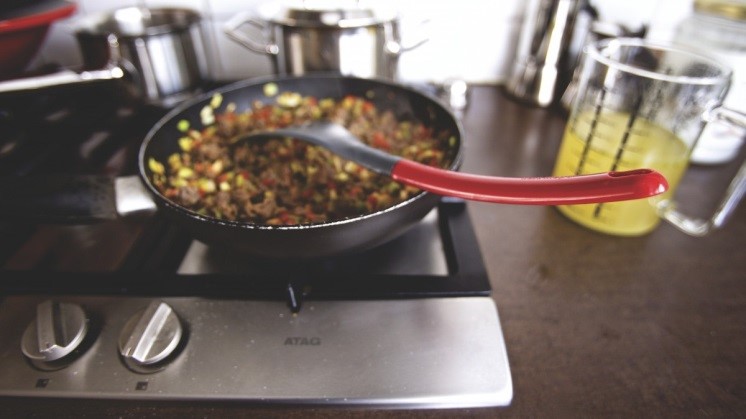Carefully choosing food at the time of purchase and storing it well, so that it retains its best characteristics, is certainly important. Furthermore, it is also essential to treat them well in the kitchen at the time of preparation and cooking. A bad wash, an excessive or insufficient cleaning, wrong cooking; these are all errors that can compromise the taste of food, its nutritional quality and, sometimes, the digestibility.
In particular, it is worth focusing on cooking, an absolutely essential cooking operation. Cooking food has many positive effects: it softens food, kills most bacteria, increases taste and aroma, and facilitates the task of the digestive system. If you do not choose the right technique or do not apply it correctly, you can also end up with cooking some negative aspects such as the formation of harmful substances and the destruction or dispersion of certain nutrients. You were about to ask; which are the best cooking methods you should rely on for a healthier nutrition?
Cooking in water
It is boiling, which is used to cook pasta and rice, or for the preparation of vegetables and boiled meats. Characteristic of this cooking is generally that of depleting the foods of water-soluble principles (especially vitamins and mineral salts). Rice and pasta require boiling water as well as meat and vegetables. However, if used for the preparation of broths, cold water is required instead. If, on the other hand, you want a good boiled meat and a vegetable that is as nutritious as possible, the water must already be warm.
Steaming
To avoid or limit the solubilizing effect that occurs when boiling, you can cook by excluding the contact of the food with water (steam cooker) or reducing the contact time with water (pressure cooker). When cooking at very high temperatures, cooking time is reduced. Furthermore, as it is cooked in very little water, salts, vitamins (not removable) and aromas are subjected to very low losses.
Cooking in fats
If the amount of fat is such as to cover the food during cooking, the process is called frying; if it just covers the bottom of the pan, it is called “sautéed cooking”. The cooking in fats, in any case, makes foods particularly tasty. By frying, the fat reaches high temperatures and triggers particular chemical reactions to produce intense flavors and aromas. Moreover, the high temperature favors the formation of the typical “crust” that prevents the taste from going out and to disperse during cooking. Unfortunately, as often happens for the things that we like the most, even the foods we fry are not the best for our health. With heat, the fats are modified to form indigestible compounds until, over a certain temperature (point of smoke), they decompose, releasing an acrid and irritating substance (acrolein). They also leave some substances (free fatty acids) which are definitely harmful in the body.
